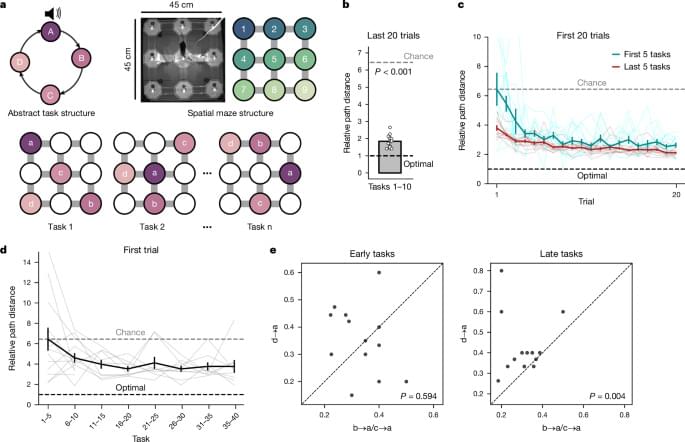There have been some laboratory experiments and theoretical work done to validate aspects of the plasma magnet propulsion concept. The Plasma Magnet is a wind drag device invented almost twenty years ago by Dr. John Slough from the University of Washington. A rocket that uses a propellant to create momentum. A plasma magnet (newer / Wind Rider design) uses the pressure of the solar wind to gather momentum. This type of propulsion actually exists in nature. A dandelion coasts upon the wind to its ultimate destination.
The plasma magnet drive with dynamic soaring is a system that could be plausibly scaled for human crewed missions up to 2–3% of light speed without needing gigawatt power systems. It seems one of the systems with the fewest technological challenges. There are many other proposals to get to this speed.








